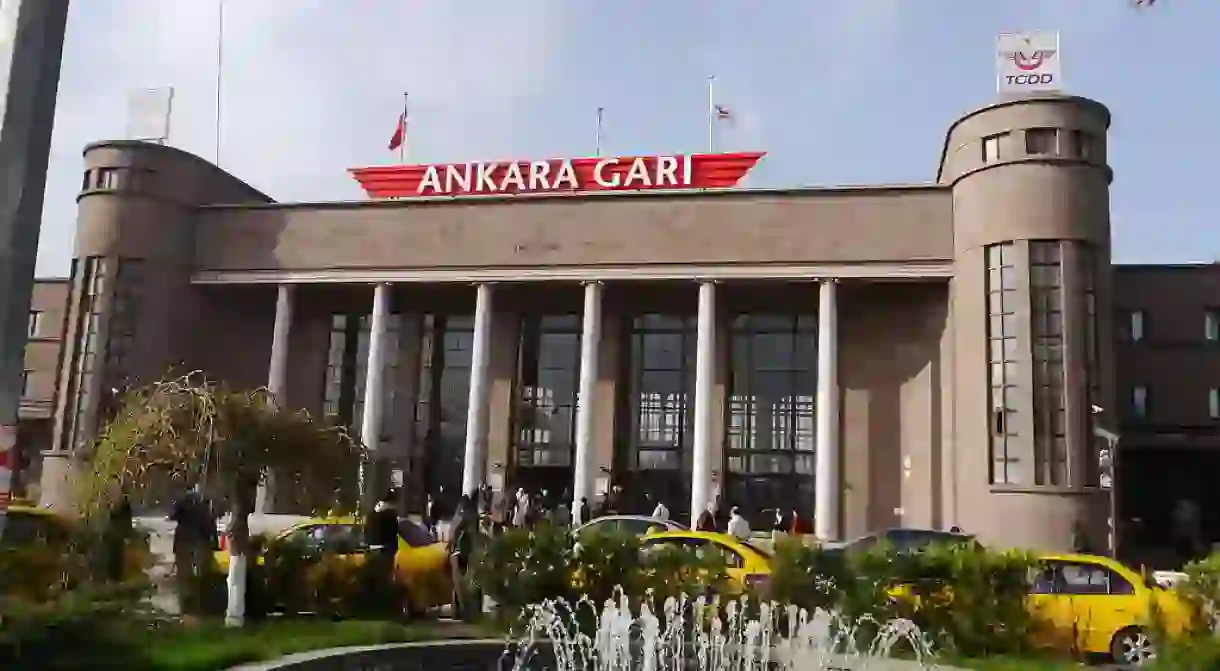Ankara's Architecture From the Modernist Era

During the 1930s to 1950s, Turkey’s capital was under the influence of the Modernism movement in architecture, as well as the work of foreign architects who were commissioned by the Republic. We took a look at some of the iconic structures of this era and their individual stories.
Prominent during the first half of the 20th century, the modern architecture movement focused on new technologies of construction, mainly the use of steel, glass, and reinforced concrete. The new movement also rejected styles popular during the 19th century such as neoclassical or Beaux Arts. With the establishment of the Turkish Republic in 1923 and the need for a new capital city, the government invited architects from Austria, France, Germany, and Switzerland to manage constructions. Between 1924 and 1942, around 40 architects and urban planners planned and designed projects in Ankara. Prime examples from this era include the Ankara Central Station, the Faculty of Languages, History, and Geography within Ankara University, and the Grand National Assembly of Turkey.

With a location in the Ulus neighborhood across from Gençlik Park, the Ankara Central Station used to be one of the country’s busiest stations with around 181 trains taking off daily until 2009. Even though it’s no longer as busy with travelers as in its heyday, the station continues to be a landmark both in terms of history as well as architecture. Abiding to an art deco style, the structure was completed in 1937 by German architects with six long platforms, including four that accommodate long distance trains and two for commuter trains. Designed by Austrian architect and professor Clemens Holzmeister, the building currently housing the Grand National Assembly of Turkey (the unicameral Turkish legislature) is a striking structure, which displays the use of high colonnaded entrances and stone in the construction, which is very common for this modernist era.

During the 1940s the second national architectural movement in Turkey was influenced by the fascist architecture of Italy and Germany and Ankara’s government buildings were imbued with large proportions, including high ceilings and windows. Aiming to express strength in the state’s authority, some of the prime examples of this stylistic movement are the Ankara Opera House and Anıtkabır. The capital’s opera house (the country’s largest venue for opera and ballet) was initially built as an exhibition center by Turkish architect Şevki Balmumcu, but was later converted into its current use by German architect Paul Bonatz, opening its doors in 1948.

One of Ankara’s most important structures, Anıtkabır (the mausoleum of Mustafa Kemal Atatürk) was designed by Emin Halid Onat and Ahmet Orhan Arda and is considered one of the ultimate monuments of the second national architectural movement. During construction, which took around nine years beginning in 1944, archeological artifacts from the Phrygian civilization were unearthed and continue to de displayed at the Museum of Anatolian Civilizations. The stone, travertine, and marble used for the construction were acquired from various parts of Turkey, while the tomb, weighing around 40 tons, was brought in from Adana.














